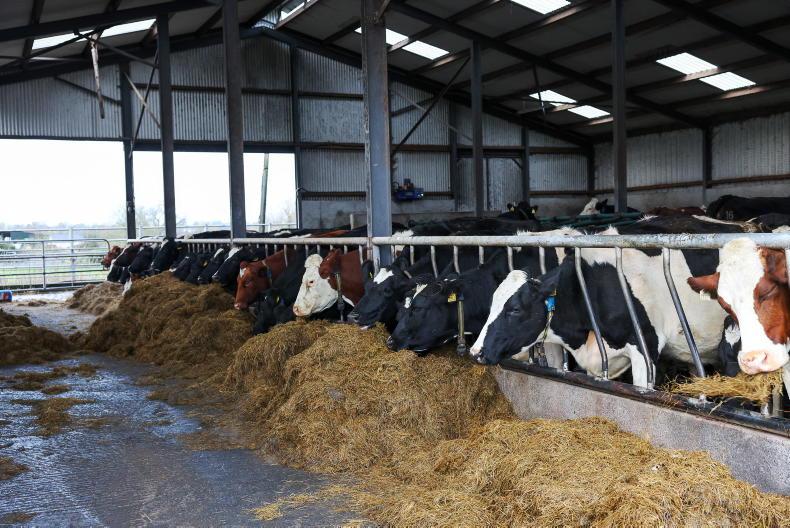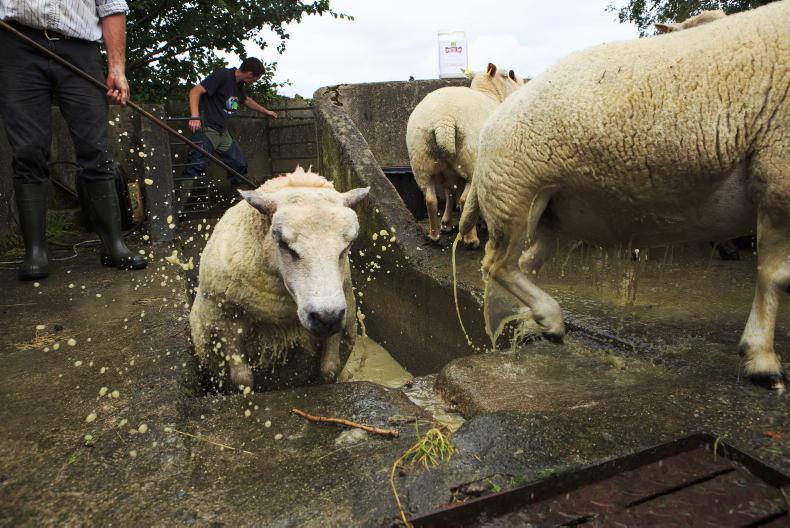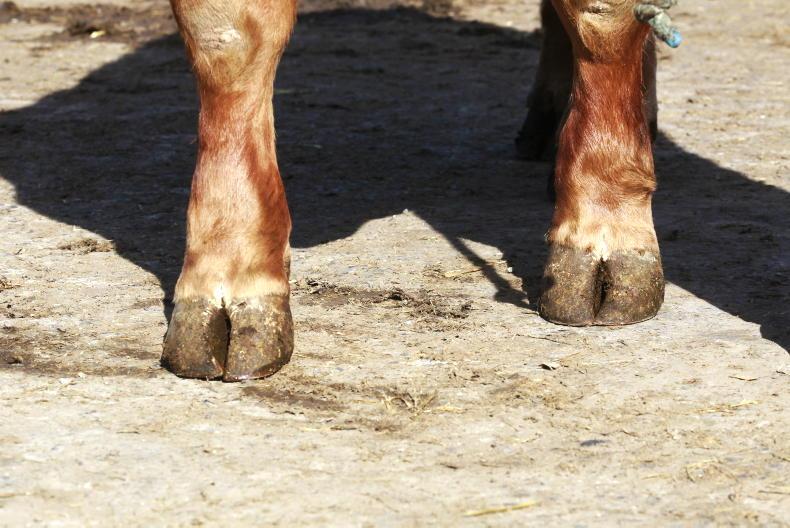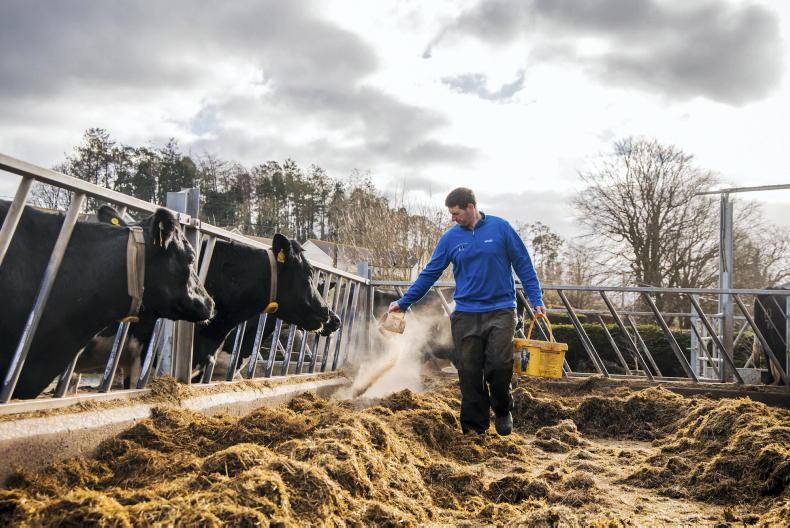As we start a new year, it’s a good time to check silage stocks.
To measure silage in a pit, get the average height and multiply by the length and breadth in metres.
Divide this by 1.3 to convert to tonnes and then multiply by the dry matter of the silage to get tonnes dry matter.
A dry cow will eat between 10kg and 12kg of dry matter per day. Youngstock will eat about 2% of their liveweight per day.
Work out how much silage you have and how much you need between now and expected turnout day.
Grazing
Remember, the first day cows go to grass is not the last day cows eat silage, as dry cows will still be in the shed, so keep that in mind when determining how much silage you need and don’t forget that just because cows might go out grazing in February, doesn’t mean they won’t be housed fully for a week or two in March or April.
If silage quality is good, they will eat more of it, not because they are hungry, but because it is tasty.
Feed to need
Really, silage should be fed according to need, not want. There’s no point in letting fat cows get fatter and end up running out of silage next spring when all cows need silage.
My advice is to do a body condition score (BCS) on the herd and split them up into three groups.
One group will be cows that need to put on BCS between now and calving.
The second group will be at the required BCS for calving now, so will only need a maintenance diet, while the third group will have too much BCS for calving and should be fed a restricted diet.
Calculate how many grabs of silage each group needs per day or per second day. You can do this by weighing the amount of silage in a grab and feeding out to each group accordingly.










SHARING OPTIONS